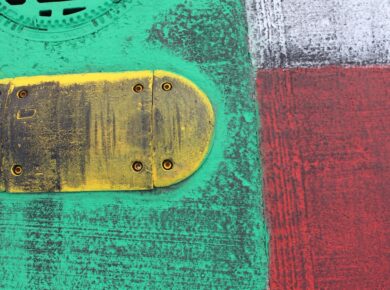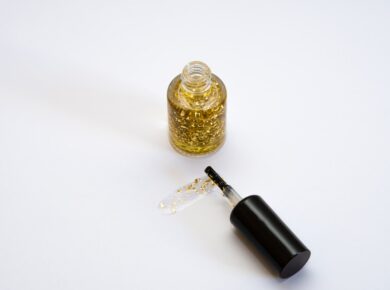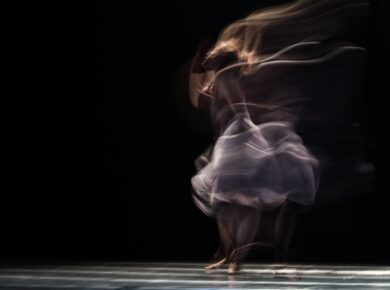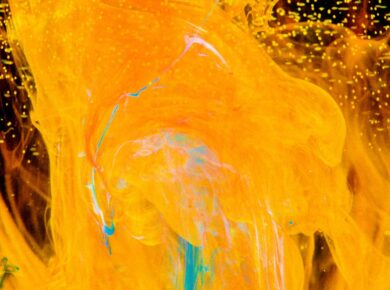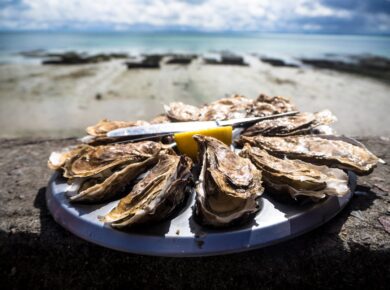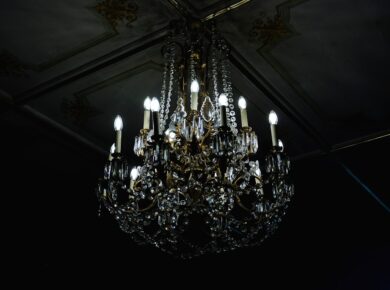The depiction of the human body in its natural state has been a significant aspect of art throughout history, tracing back to ancient civilizations. In ancient Greece, for instance, the nude form was celebrated as a representation of ideal beauty and physical perfection. Sculptors like Phidias and Praxiteles created works that not only showcased the human anatomy but also conveyed philosophical ideals of harmony and balance.
The Greeks believed that the human body was a reflection of divine beauty, and their art often depicted gods and athletes in the nude, emphasizing strength, grace, and the pursuit of excellence. The famous statue of Discobolus, or the Discus Thrower, exemplifies this celebration of the athletic form, capturing a moment of dynamic movement while highlighting the sculptural beauty of the human physique. As we move through history, the Renaissance marked a pivotal moment in the evolution of nude art.
Artists such as Michelangelo and Leonardo da Vinci drew inspiration from classical antiquity, reviving the appreciation for the human body. Michelangelo’s David stands as a testament to this revival, showcasing not only technical mastery but also an exploration of human emotion and intellect through the physical form. The Renaissance artists sought to blend realism with idealism, creating figures that were both anatomically accurate and imbued with a sense of life and vitality.
This period also saw the emergence of female nudes, with artists like Titian and Botticelli portraying women in various states of undress, often symbolizing beauty, love, and fertility. The nude became a canvas for exploring themes of desire and sensuality, reflecting societal attitudes towards sexuality during this transformative era. The journey of nude art continued into the modern era, where it faced new challenges and interpretations.
The 19th century brought about movements such as Impressionism and Realism, which shifted focus from idealized forms to more naturalistic representations. Artists like Édouard Manet and Gustave Courbet pushed boundaries by depicting nudes in everyday settings, challenging traditional notions of beauty and propriety. Manet’s “Olympia,” for instance, stirred controversy with its direct gaze and unapologetic portrayal of a reclining nude woman, prompting discussions about gender roles and societal expectations.
The 20th century further expanded the dialogue around nude art, with movements like Surrealism and Abstract Expressionism exploring the subconscious and emotional aspects of the human form. Artists such as Pablo Picasso and Henri Matisse redefined the nude by distorting forms and colors, inviting viewers to engage with the artwork on a more visceral level.
The Controversy Surrounding Nude Art: Censorship and Public Perception
Nude art has often been at the center of controversy, grappling with issues of censorship and public perception throughout its history. The tension between artistic expression and societal norms has led to heated debates about what constitutes acceptable representation of the human body. In many cultures, nudity has been associated with sexuality, leading to discomfort and resistance when it appears in artistic contexts.
This discomfort is often rooted in cultural beliefs about modesty and morality, which can result in censorship or outright bans on certain artworks. For example, in the late 19th century, many art institutions faced backlash for exhibiting works that featured nudity, leading to heated discussions about artistic freedom versus public decency. The advent of photography in the 20th century further complicated the discourse surrounding nude art.
Photographers like Robert Mapplethorpe faced significant backlash for their provocative images that challenged conventional notions of beauty and sexuality. Mapplethorpe’s work often blurred the lines between art and pornography, prompting debates about artistic intent and viewer interpretation. His exhibition at the Corcoran Gallery in Washington D.in 1989 was met with outrage from conservative groups, leading to calls for censorship and funding cuts for institutions that supported such work.
This incident highlighted the ongoing struggle between artistic expression and societal values, raising questions about who gets to decide what is considered art. In contemporary society, the conversation around nude art continues to evolve as artists challenge traditional boundaries and explore new mediums. Social media platforms have become both a space for artistic expression and a battleground for censorship.
Artists often find their work flagged or removed due to community guidelines that restrict nudity, even when it is presented in an artistic context. This has sparked discussions about the role of technology in shaping public perception of art and the implications for artists seeking to push boundaries. The rise of body positivity movements has also influenced how nude art is perceived, encouraging a broader acceptance of diverse body types and challenging conventional standards of beauty.
Moxy Mary: A New Perspective on Nude Art
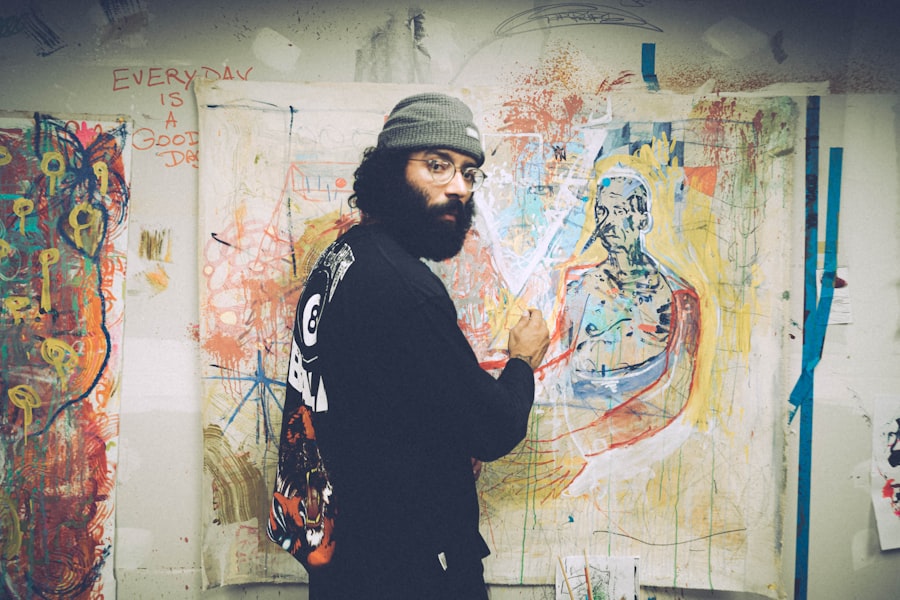
Moxy Mary represents a contemporary voice in the ongoing dialogue surrounding nude art, offering a fresh perspective that challenges traditional representations of the human body. As an artist known for her bold and unapologetic approach to nudity, Moxy Mary seeks to redefine societal norms surrounding beauty and self-acceptance. Her work often features vibrant colors and dynamic compositions that celebrate individuality while embracing vulnerability.
By portraying subjects in their natural state, she invites viewers to confront their own perceptions of nudity and body image. One notable aspect of Moxy Mary’s work is her emphasis on inclusivity. She actively seeks to represent diverse body types, ages, and identities in her art, challenging the narrow standards that have historically dominated nude representations.
This commitment to inclusivity resonates with audiences who may have felt marginalized by traditional depictions of beauty. In her series “Unfiltered Bodies,” Moxy Mary captures individuals in candid moments of self-expression, celebrating imperfections as integral parts of their identity. This approach not only empowers her subjects but also encourages viewers to embrace their own bodies without judgment.
Moxy Mary’s work also engages with themes of empowerment and self-love. By reclaiming nudity as a form of self-expression rather than shame, she fosters a sense of agency among her subjects. Her art serves as a reminder that the human body is not merely an object to be gazed upon but a vessel for personal stories and experiences.
Through her lens, nudity becomes an act of defiance against societal pressures to conform to unrealistic beauty standards. In this way, Moxy Mary contributes to a broader movement within contemporary art that seeks to challenge conventions while promoting acceptance and understanding.
The Allure of Nude Art: Exploring the Human Form and Emotion
| Metrics | Data |
|---|---|
| Exhibition Title | The Allure of Nude Art: Exploring the Human Form and Emotion |
| Number of Artworks | 50 |
| Duration | 3 months |
| Visitors | Over 10,000 |
| Artists Featured | 20 |
The allure of nude art lies not only in its aesthetic appeal but also in its ability to evoke deep emotional responses from viewers. The human form has long been a source of fascination for artists, who seek to capture its complexity through various mediums. Whether through painting, sculpture, or photography, nude art invites contemplation on themes such as vulnerability, intimacy, and identity.
The act of depicting nudity transcends mere representation; it becomes a means of exploring the intricacies of human experience. One compelling aspect of nude art is its capacity to convey emotion through posture, expression, and composition. Artists often use the human body as a canvas to express feelings ranging from joy to despair.
For instance, Egon Schiele’s expressive nudes are characterized by exaggerated forms and raw emotion, reflecting his tumultuous inner world. His works challenge viewers to confront uncomfortable truths about desire and alienation while simultaneously celebrating the beauty found within vulnerability. In this way, nude art serves as a powerful vehicle for emotional exploration.
Moreover, nude art can foster connections between artist and viewer by inviting introspection on personal experiences related to body image and self-acceptance. The act of viewing a nude can elicit feelings of empathy or discomfort, prompting individuals to reflect on their own relationship with their bodies. This engagement creates a dialogue between the artwork and its audience, allowing for shared experiences that transcend cultural boundaries.
As viewers encounter diverse representations of nudity—ranging from classical ideals to contemporary interpretations—they are encouraged to question their own perceptions while embracing the multifaceted nature of human existence.
The Impact of Nude Art on Society and Culture
Nude art has played a significant role in shaping societal attitudes towards the human body throughout history. By challenging prevailing norms around nudity and sexuality, artists have contributed to broader cultural conversations about identity, gender roles, and self-expression. The impact of nude art extends beyond aesthetics; it influences how individuals perceive themselves and others within their cultural contexts.
Historically, nude art has often been used as a tool for social commentary. Artists have employed nudity to critique societal standards or highlight issues such as gender inequality or body shaming. For example, feminist artists like Judy Chicago have utilized nude imagery to challenge patriarchal representations of women in art history.
Chicago’s work often emphasizes female empowerment through depictions that celebrate women’s bodies rather than objectifying them. By reclaiming nudity as a form of self-assertion, these artists encourage viewers to reconsider their own beliefs about gender roles and societal expectations. In contemporary society, nude art continues to spark discussions around body positivity and acceptance.
Movements advocating for diverse representations challenge traditional notions of beauty while promoting inclusivity within artistic spaces. Artists who embrace body diversity contribute to shifting cultural narratives surrounding self-image by showcasing individuals who defy conventional standards. This shift not only empowers marginalized communities but also encourages broader acceptance among audiences who may have previously felt alienated by mainstream representations.
Embracing the Beauty of the Human Body: The Future of Nude Art

Collaborative Art-Making: Challenging Beauty Standards and Fostering Connections
The future may also see an increased emphasis on collaborative projects that engage communities in conversations about body image and self-acceptance through art-making processes. Initiatives that invite individuals from diverse backgrounds to participate in creating nude artworks can foster connections while challenging preconceived notions about beauty standards. By centering marginalized voices within these projects, artists can contribute to a more inclusive narrative surrounding nudity that resonates with broader audiences.
Nude Art as a Therapeutic Tool: Empowerment through Self-Expression
Moreover, as society grapples with issues related to mental health and self-esteem, nude art may serve as a therapeutic tool for individuals seeking empowerment through self-expression. Workshops or exhibitions focused on body positivity could provide safe spaces for participants to explore their relationships with their bodies while engaging with artistic practices that celebrate diversity.
The Future of Nude Art: Fostering Understanding and Acceptance
In conclusion, the future of nude art holds immense potential for fostering understanding and acceptance within society while challenging traditional norms surrounding beauty and representation. As artists continue to push boundaries through innovative approaches—whether by embracing technology or engaging communities—the dialogue surrounding nudity will undoubtedly evolve alongside cultural shifts toward inclusivity and self-love.





